Acid-Free Technical Petroleum Jelly – What Is It Used For?
Technical petroleum jelly is a substance derived from the by-products of crude oil distillation. Based on paraffin hydrocarbons, it is water-resistant, odourless, tasteless, and has excellent insulating properties. It should not be confused with cosmetic petroleum jelly, as it typically has a light brown appearance and a thinner, more viscous texture.
Storage Conditions
To maintain its properties, petroleum jelly should be stored in a sealed container, in a dry, shaded area, away from heat, UV radiation, and moisture. The recommended storage temperature should not exceed 25°C. The product contains substances that may irritate the skin and respiratory system and is flammable – when burned, it emits carbon monoxide.
Applications of Acid-Free Technical Petroleum Jelly
One of its key functions is the protection of various surfaces. It improves resistance to friction, temperature fluctuations, and weather conditions. When applied, it instantly forms a dense protective layer that adheres to the surface, providing long-term durability. Thanks to its versatility, it finds wide application in industrial maintenance – similarly to silicone grease.
Corrosion Protection
Petroleum jelly is commonly used to protect metal parts prone to rust and wear. It forms a protective film on metal surfaces, electrical contacts, terminals, and connectors, reducing the risk of corrosion and oxidation.
Leather Care
It is also used for maintaining leather goods by preventing drying and cracking. It’s effective for items like leather bags and accessories, restoring flexibility and longevity.
O-Ring Maintenance
While silicone grease remains the most universal solution for O-rings, acid-free petroleum jelly is a viable, lower-cost alternative. It protects rubber seals from cracking, sticking, and freezing, making it suitable for occasional maintenance and lighter-duty sealing tasks.
Is Cheaper Better?
Although not as advanced as silicone grease in every application, technical petroleum jelly is cost-effective and works well for many industrial purposes. Beyond O-rings, it’s ideal for hinges, padlocks, sliding mechanisms, lawn mowers, and tools exposed to wear or environmental impact. It acts as a long-term protective layer, helping slow down mechanical ageing and maintain performance.
Common uses include:
-
Protecting terminals and connectors from oxidation and moisture
-
Lubricating rubber seals to prevent freezing
-
Reducing wear on moving mechanical parts
Types and Properties
The jelly’s melting point determines the maximum safe working temperature. Its acidity and thermal resistance help define its suitability for specific applications.
Low-Melting
Recommended for hinges and bearings with minimal heat generation (under 30°C). It offers strong lubricating properties and is effective in eliminating squeaks in doors or windows. Also suitable for light-duty electrical connections, though not under heavy load.
High-Melting
Designed for more demanding environments, it operates at temperatures up to 55°C. This type is well-suited for outdoor use and for protecting metal joints and screw connections in fluctuating weather conditions.
Acidic
This low-grade version contains a high acid content that can damage rubber and metal parts. It is not suitable for electrical or mechanical protection and should be avoided in professional applications.
Acid-Free
This version is ideal for rubber components, synthetic parts, and leather. It can also be used in electronic systems to safeguard contacts and prevent corrosion. It’s the most common choice in maintenance and repair due to its non-reactive, stable composition.
Where to Buy Technical Petroleum Jelly
Acid-free technical petroleum jelly is available from Power Rubber in multiple formats – jars, sprays, and squeeze tubes – all designed for precise application. The tube version is particularly user-friendly, allowing controlled application with minimal contact and maximum efficiency.
For more information, feel free to reach out to our team.
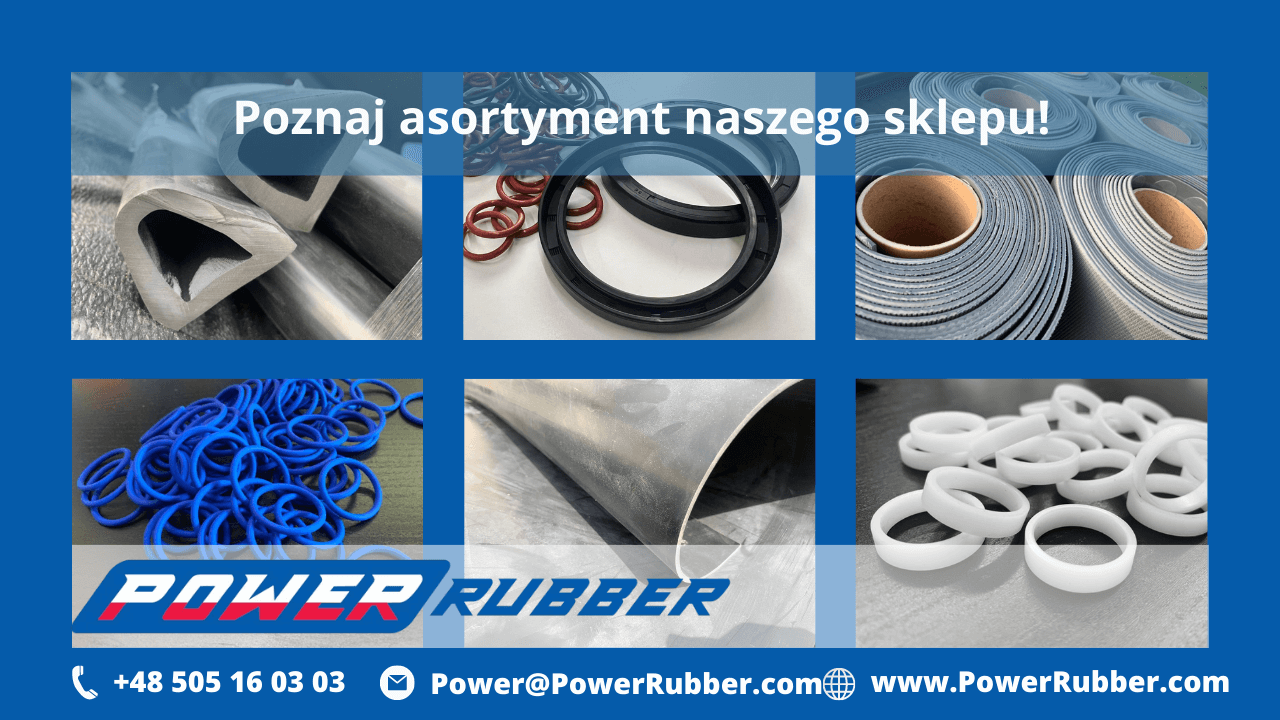
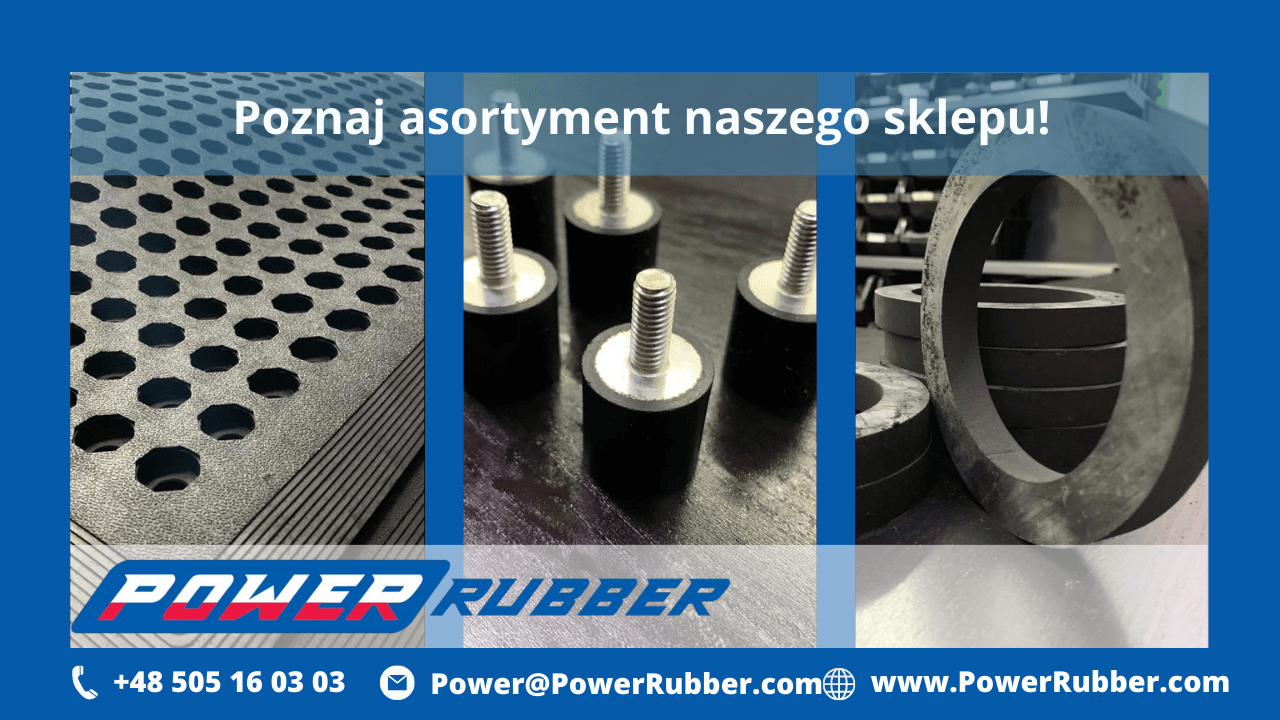
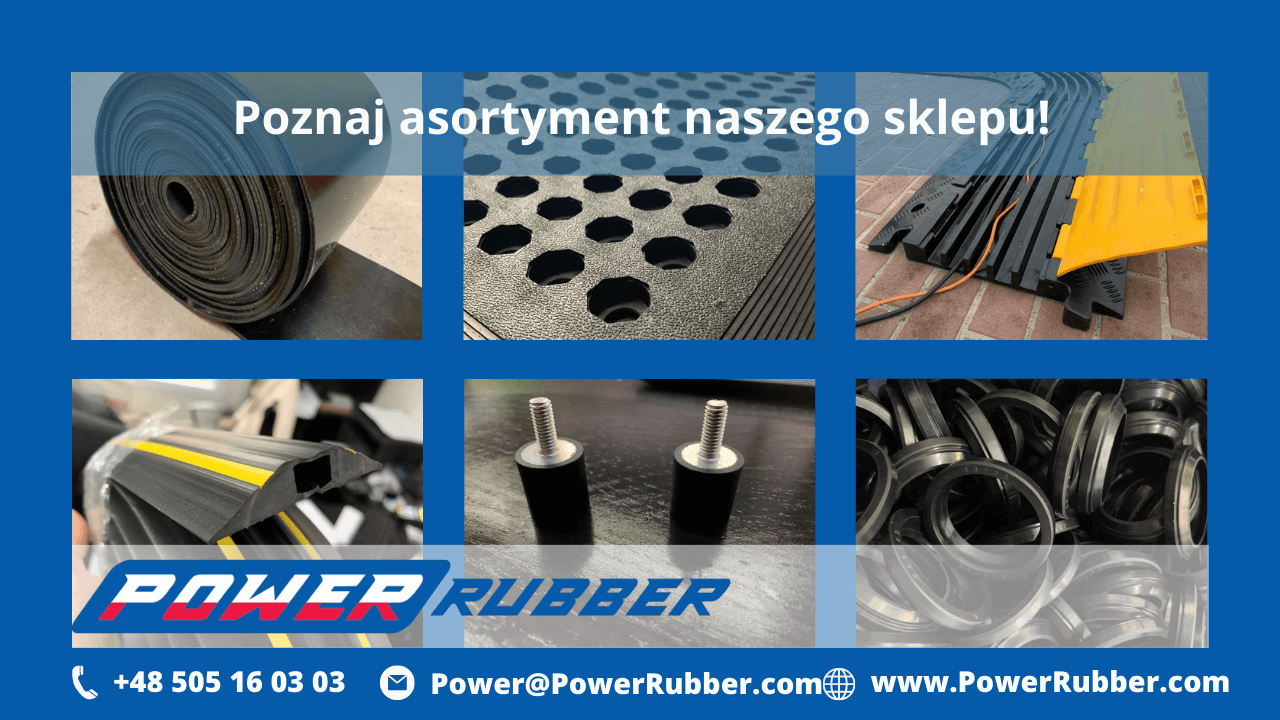
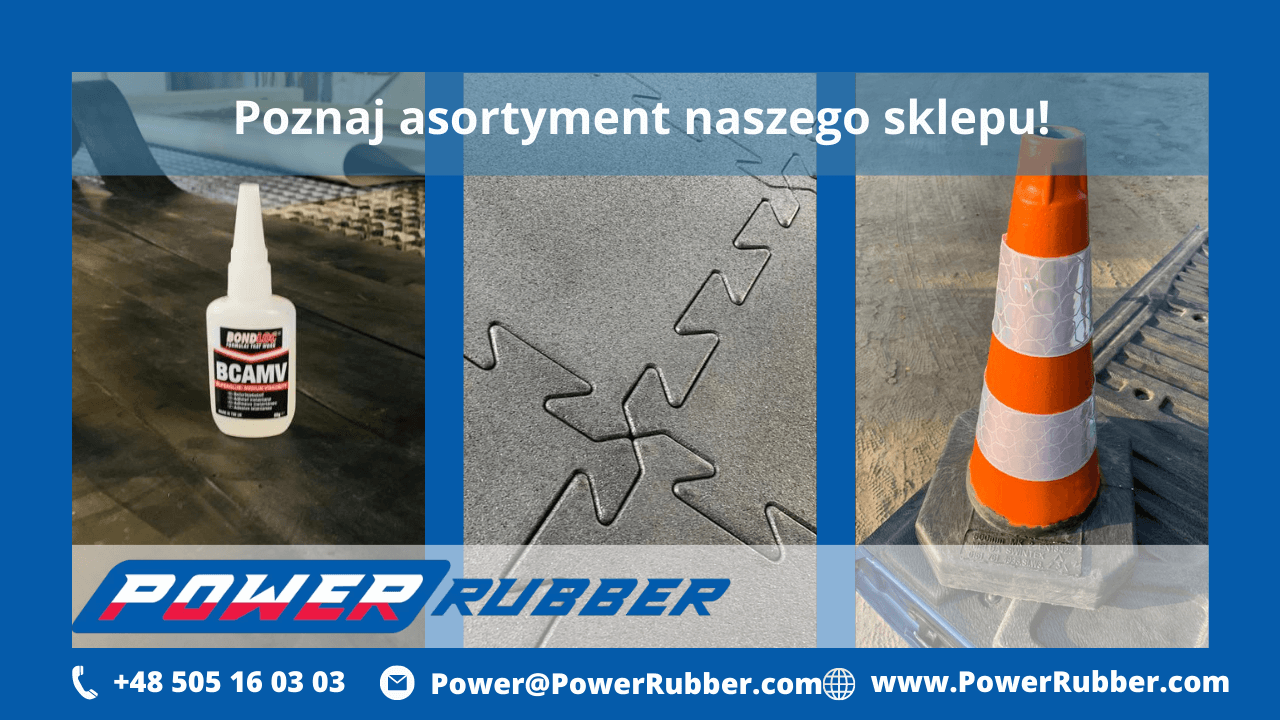
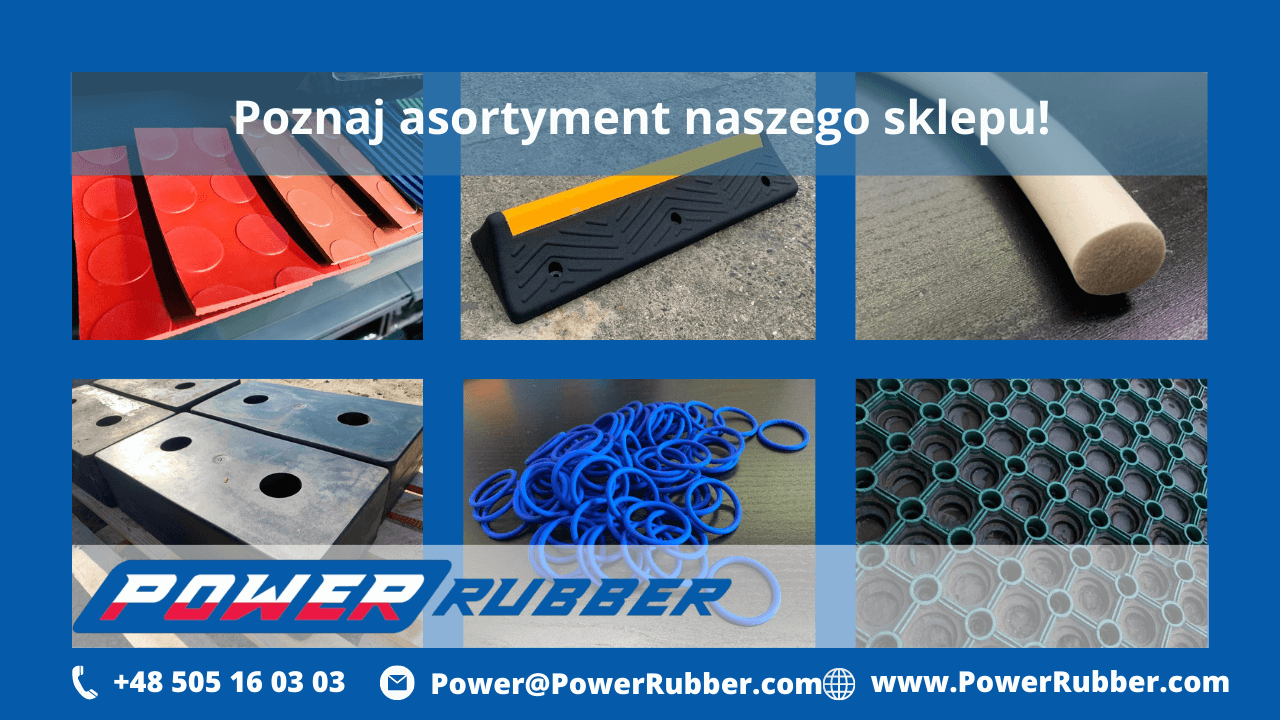
Previous Next

